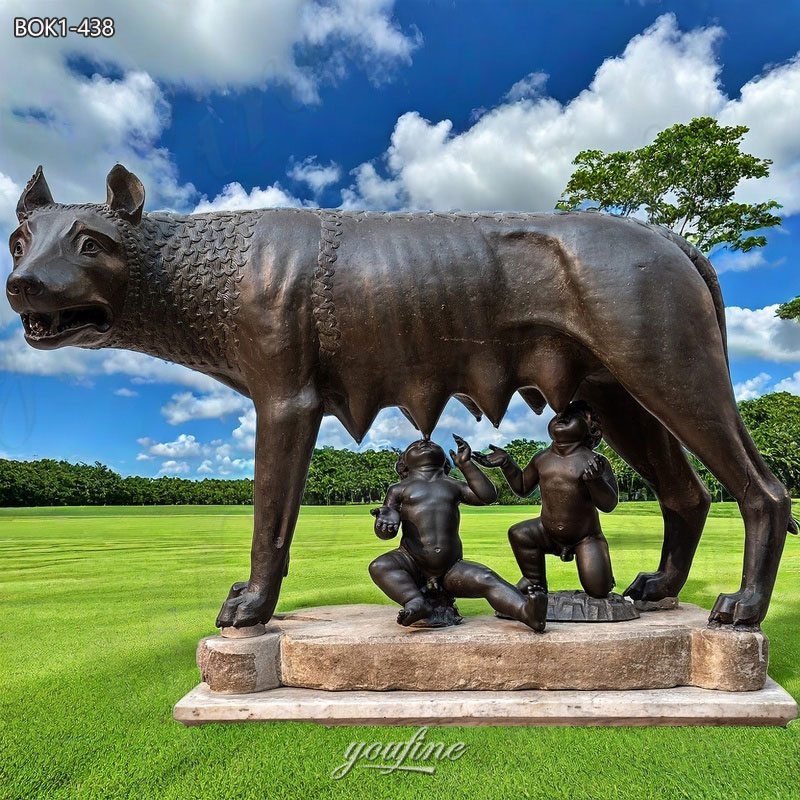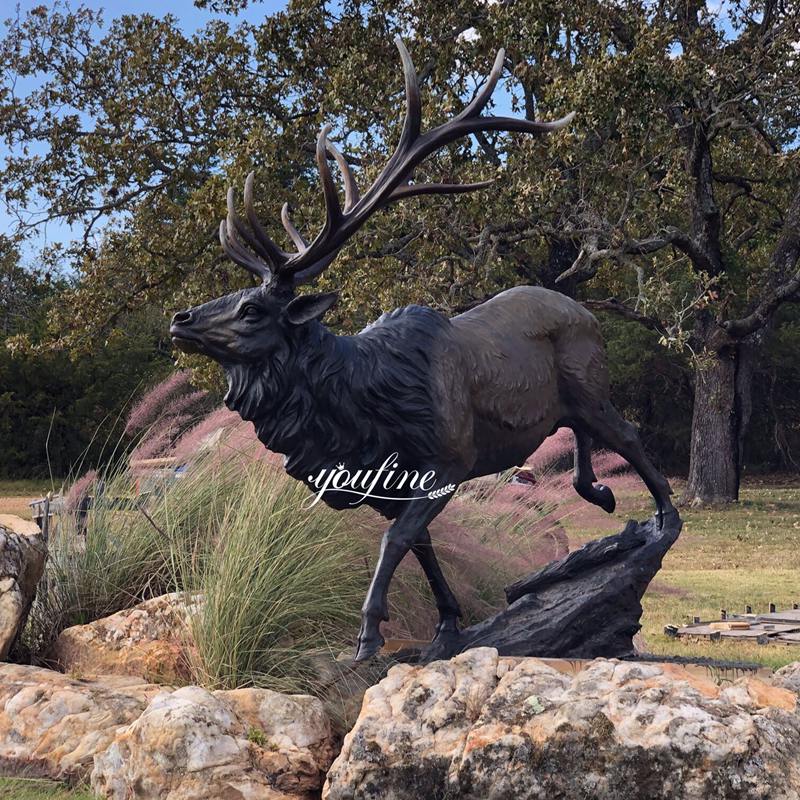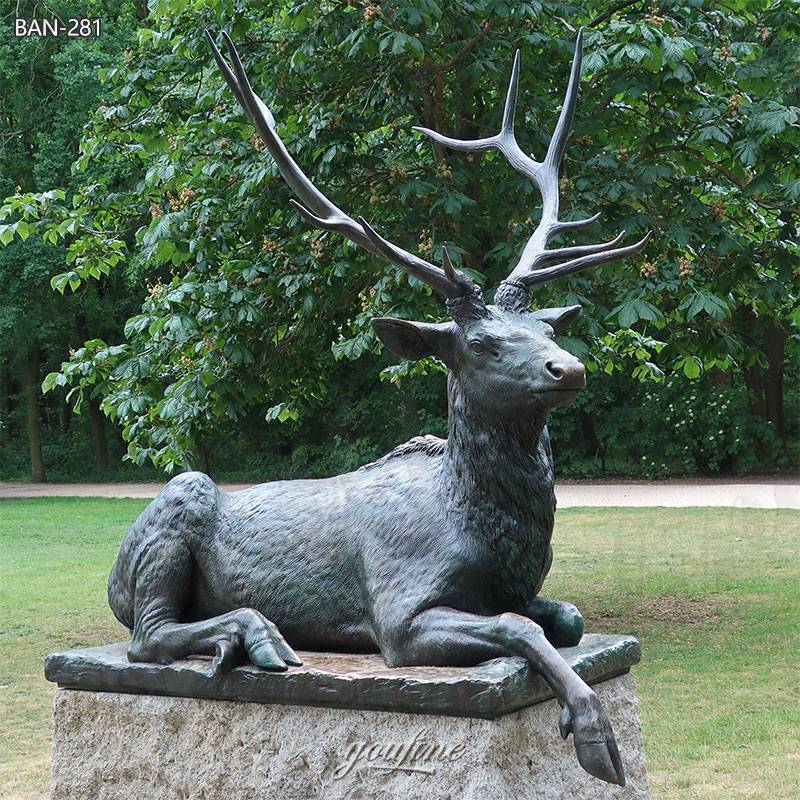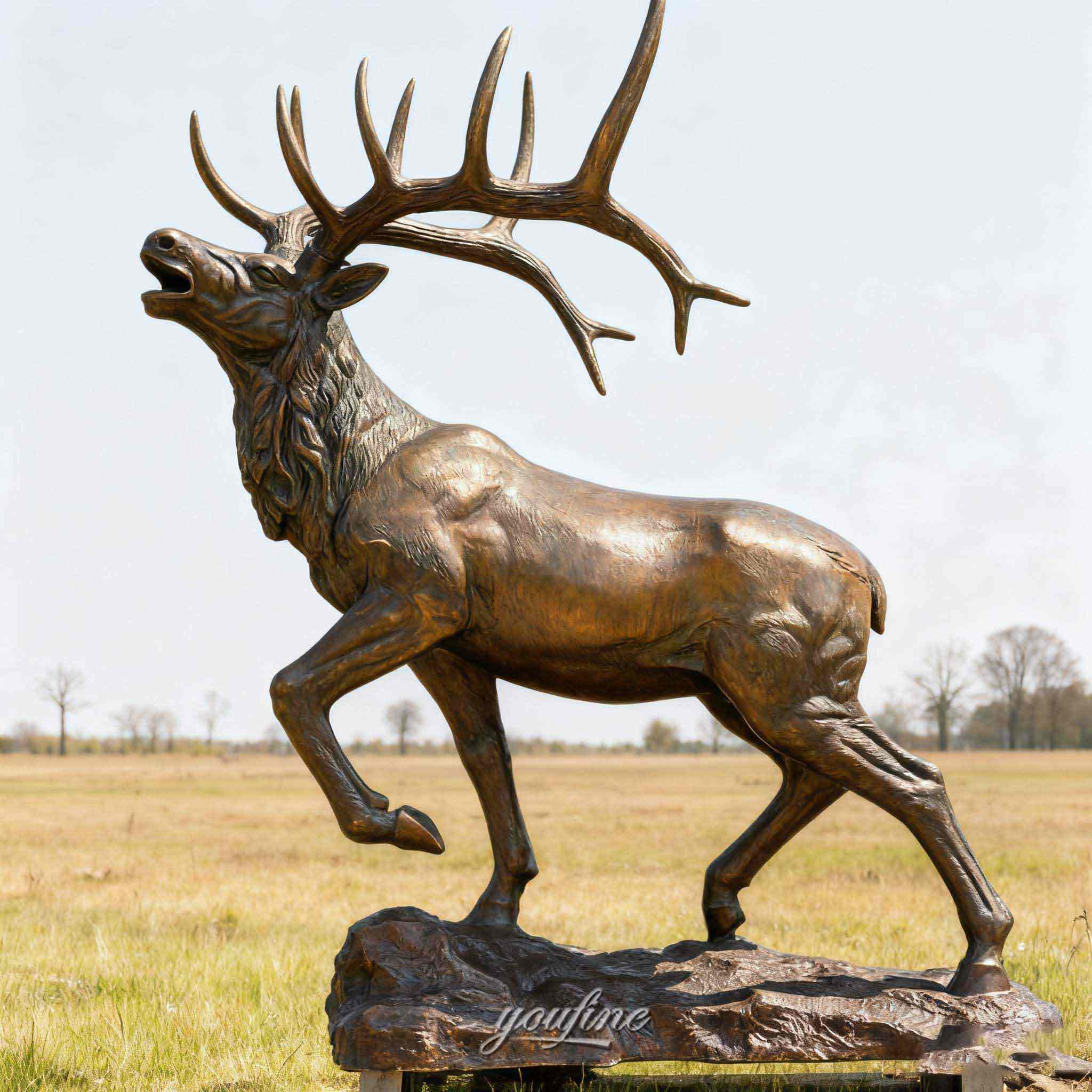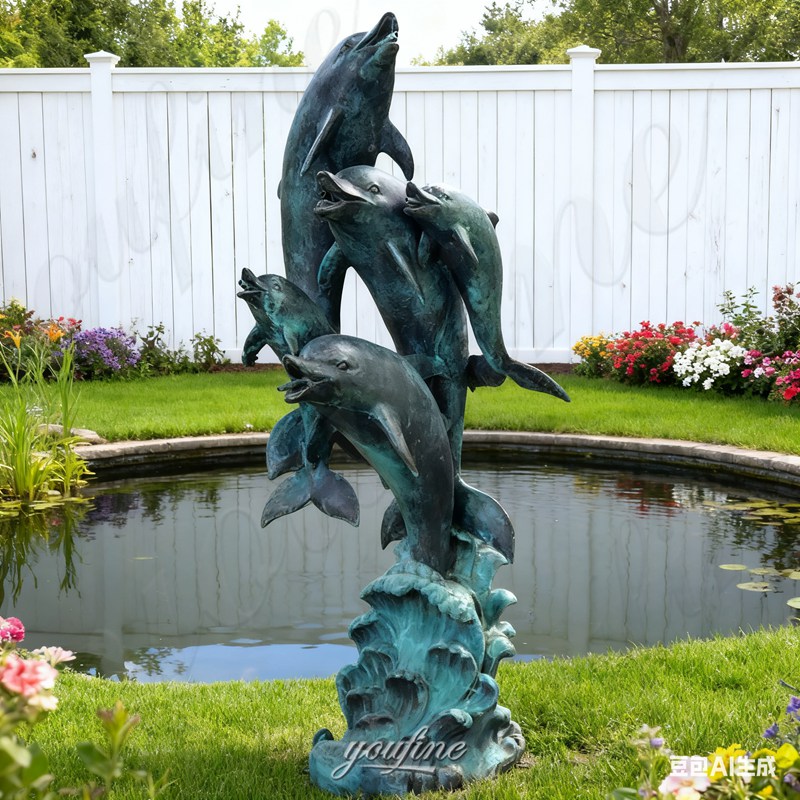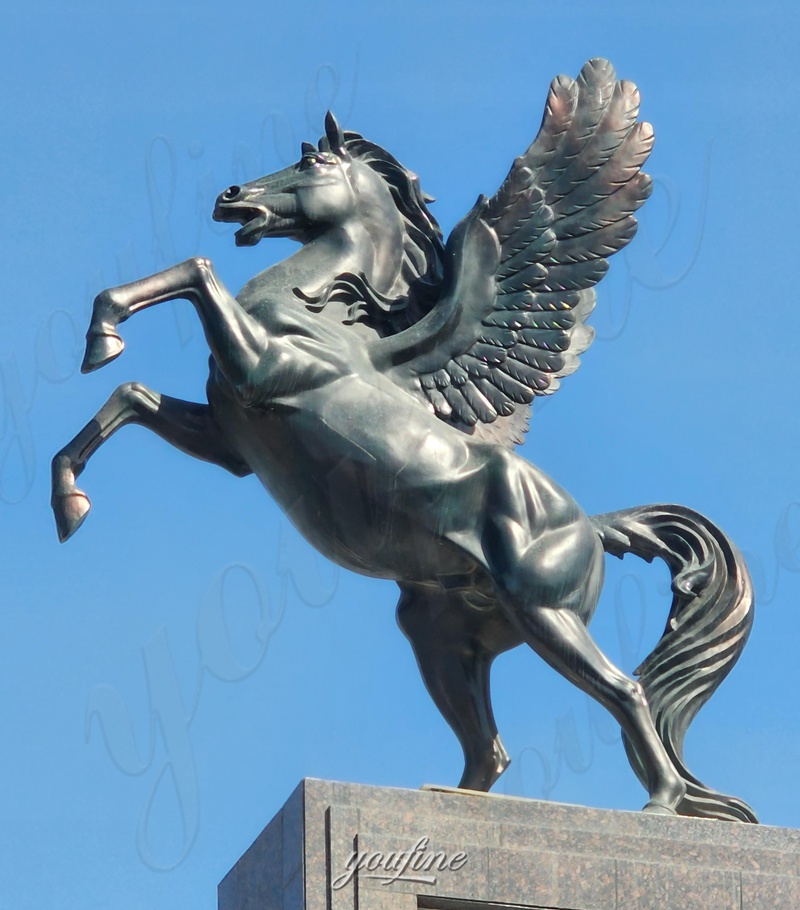The Capitoline Wolf is one of Rome’s most recognizable symbols, embodying the mythic roots of the Eternal City. This iconic bronze sculpture, which depicts a she-wolf suckling the legendary twin brothers Romulus and Remus, has become synonymous with the founding of Rome. But the story behind the Capitoline Wolf is more than just a myth—it represents the city’s origins, its powerful legacy, and its transformation from a small settlement to a grand empire. Let’s explore the story and significance behind this famed statue.
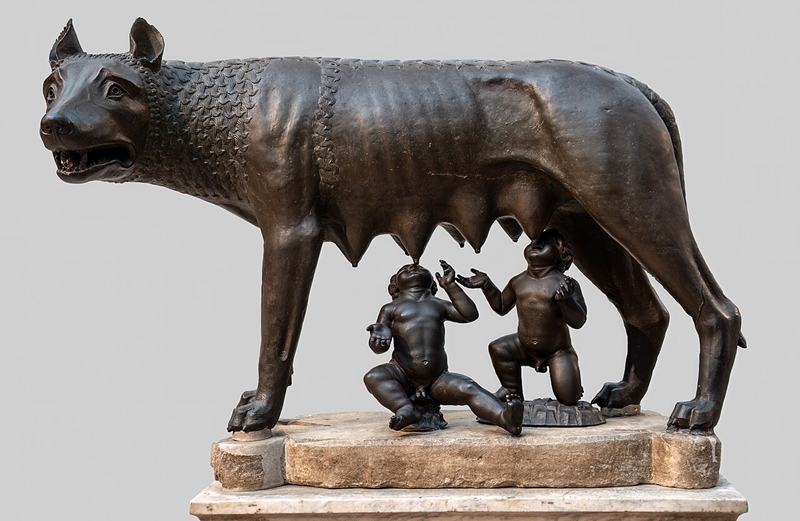
The Myth of Romulus and Remus
The Capitoline Wolf is intrinsically tied to one of the most famous myths in Roman history: the tale of Romulus and Remus, the twin brothers who were said to be the sons of the god Mars and the princess Rhea Silvia. According to legend, the brothers were abandoned at birth by their uncle, Amulius, who had usurped the throne and feared that the twins would one day reclaim it. Left to die by the River Tiber, the babies were miraculously saved by a she-wolf (lupa), who nursed them until they were found by a shepherd named Faustulus.
The twins grew up to become powerful leaders and, after a dispute over where to establish their new city, Romulus killed Remus. Romulus then founded the city of Rome in 753 BCE, naming it after himself. The myth of Romulus and Remus symbolizes the resilience and survival of Rome, even in the face of adversity.
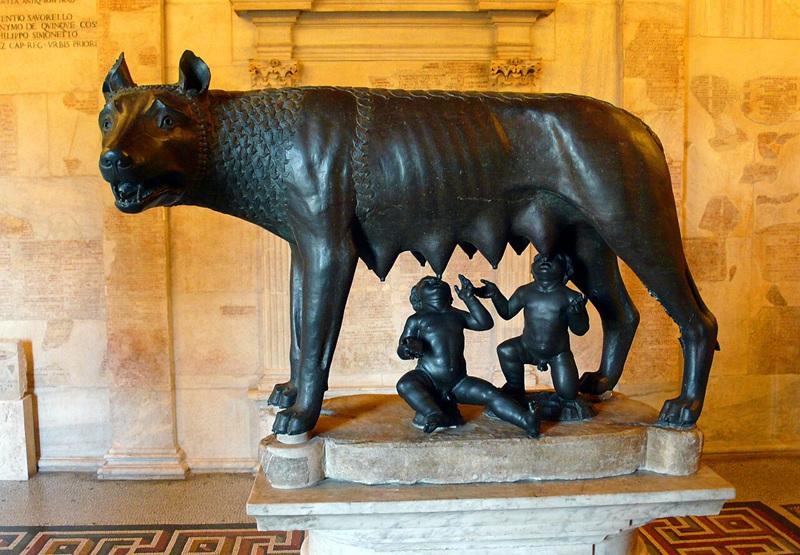
A Symbol of Maternal Strength and Rome’s Foundation
The Capitoline Wolf sculpture captures the moment when the she-wolf nurses Romulus and Remus, embody both the strength of the animal and the nurturing power of motherhood. It is a powerful visual representation of the legend that connects Rome’s divine protection to its mythological origins.
Although the statue’s association with the legend of Romulus and Remus is clear, the Capitoline Wolf itself is not from the time of the mythical event. The sculpture likely dates back to the 5th century BCE and was made as a bronze piece, possibly during the reign of one of the early Roman kings. Over time, the statue has undergone several transformations, including the addition of the twins themselves in the Middle Ages. The current marble version of the Capitoline Wolf that we see today was created during the Renaissance, but it remains a powerful reminder of Rome’s early days.
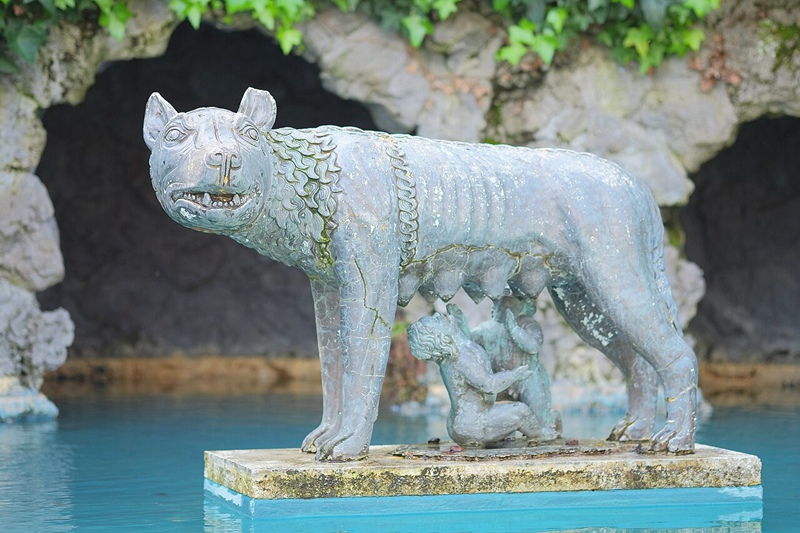
Historical Significance and Cultural Icon
The Capitoline Wolf is more than just a depiction of a myth; it is a symbol of Roman identity and pride. For centuries, it has been associated with the Capitoline Hill, one of the seven hills of Rome and the site of ancient temples and political institutions. The statue’s legacy as a symbol of Rome’s founding has endured, making it a cultural icon.
The Capitoline Wolf stands not only as a reminder of Rome’s mythical beginnings but also of the city’s strength and resilience. It represents the bond between the people of Rome and their divine ancestry, rooted in the protection of the she-wolf. Throughout the centuries, the statue has been seen as a metaphor for Rome itself—surviving hardship, enduring challenges, and growing stronger.

The Wolf’s Evolution and Modern-Day Iconography
Today, the Capitoline Wolf is housed in the Capitoline Museums in Rome, where it continues to captivate visitors from around the world. It serves as a link between the ancient past and the present, as well as a reminder of the mythic and cultural legacy that shaped the Roman Empire.
Beyond its mythological context, the image of the she-wolf and the twins has evolved into a symbol of strength, protection, and leadership. Its significance extends beyond Rome to represent the power and resilience that the city’s mythology continues to evoke, making it one of the most recognized symbols of Western civilization
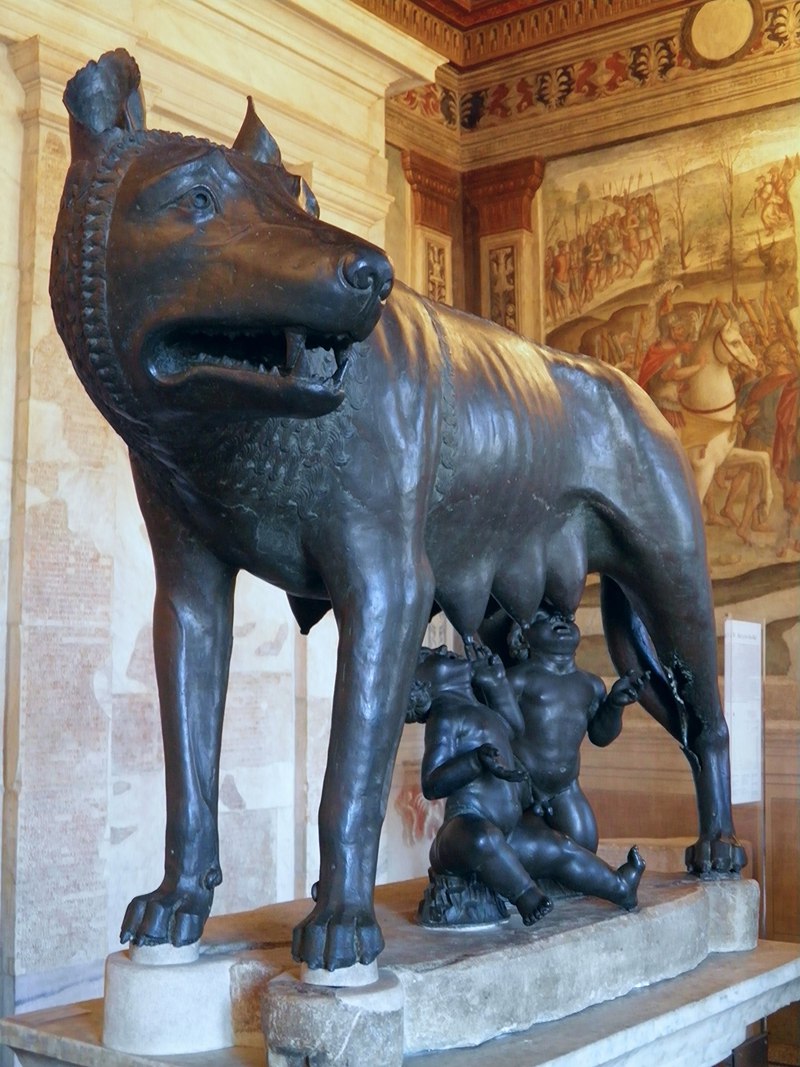
Conclusion
The bronze Capitoline Wolf statue is more than just a piece of ancient art—it is a symbol of the endurance and legacy of Rome itself. Its depiction of the she-wolf nurturing Romulus and Remus embodies the myth of Rome’s founding and the divine protection that shaped the city’s growth. Through centuries of history, the Capitoline She Wolf has remained a cultural and historical icon, representing the resilience, strength, and mythology of one of the greatest empires the world has ever known.
Whether viewed as a work of art or a symbol of a nation’s origins, the Capitoline Wolf continues to inspire awe and fascination, embodying the eternal spirit of Rome.
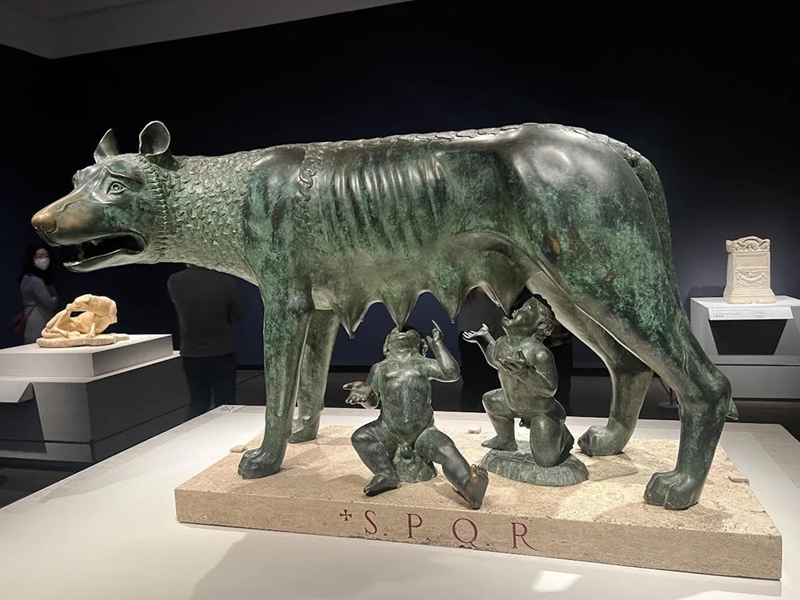
She Wolf Statue Replica
Do you like this famous bronze sculpture? Want to have a high-quality custom sculpture of the same style? Then you can choose YouFine Foundry. Founded in 1983, YouFine has rich experience in casting bronze animal sculptures. Including this famous bronze She Wolf statue, we provide customers with one-stop customization services, including color, size, free engraving, etc. Using advanced lost wax casting method, the quality is long-lasting. If you want to know more, you can always contact YouFine!
